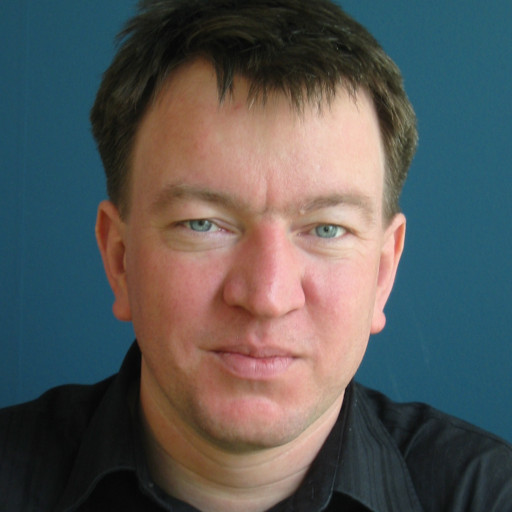Plumbing on the web
A post by Robert Scoble made me have another look at rooms in FriendFeed. I set things up over the weekend, and decided to document it, to maybe succeed in explaining what this is all about. Here’s my situation:
- I post content on various social media sites through various tools
- I want some of that content to appear on my own website
- I switch platforms quite often, or start using them in a different way, so keeping it up to date should be easy
So I decided to start a FriendFeed room with content that I want to appear on my site1, and use their feed widget to then display it on my home page. It still took some effort (to get the styling how I wanted it), but it’s done, and here’s how.
A framework for “online social network models”
Aldo de Moor and I are rapidly approaching the end of our mid-week work retreat. The fresh sea breeze and the occasional glass of wine have helped us divide our attention between Real Work, and Serious Study. It resulted in an emerging framework or meta-model, with a few purposes:
- Advance our earlier modelling work with new insights, and assess where we think things are by now.
- Enable us to combine our years of experience in talking about various parts of the puzzle in a common structure.
- Provide an overarching framework to look at the various models we have come to use or see over time.
It’s very much still a work in progress, but while twittering about our progress, I got into a conversation (via Facebook) with John Bywater of the Appropriate Software Foundation, which helped me clarify a bit of my thinking. I met John just over five years ago at Summer Source, where he introduced me to the concept of pattern languages. At that time, it was still too abstract for me to apply in my actual work, but over the years, patterns have become more common-place, for instance in PHP programming and in wikis.
“Doing things together online”
Recently, a couple of events allowed me to look again at how groups of people “do things together online”.
I’ve had a chance to meet up a few times in a short period with Aldo de Moor, and that helped us reflect on where things have come since we first drafted the contours of our “social context model”, nearly ten years ago now.
Add a few potential projects in the pipeline that deal with global networks of people who should produce something together. And the opportunity to dive a bit deeper into the NABUUR concept, to see how it is still pretty unique.
Aldo and I quickly concluded that although a lot is happening, and happening fast, there actually has been little progress in what we see as the hardest part of (online) collaboration: supporting work flows. Sure enough, people find ways to use the techno-centric tools that emerge, and services like Basecamp are making inroads into this. But most platforms still have some way to go.
NABUUR volunteer opportunities in Social Actions
 NABUUR in Social ActionsI think I first met Peter Deitz at Web of Change, talking about his work as micro-philanthropy consultant, and his idea to mash up the actionable opportunities on all the platforms for social change. That became Social Actions, a platform where you can find things to do: join an event, sign a petition, donate to a cause, give out a loan, volunteer.
NABUUR in Social ActionsI think I first met Peter Deitz at Web of Change, talking about his work as micro-philanthropy consultant, and his idea to mash up the actionable opportunities on all the platforms for social change. That became Social Actions, a platform where you can find things to do: join an event, sign a petition, donate to a cause, give out a loan, volunteer.
Those things you can do come from a variety of sources, like Care2, GlobalGiving, Kiva, Idealist.org, and starting this week, also from NABUUR, the online volunteer network.
Moving to Ubuntu
I’ve finally made to switch: my desktop now is open source! I’ve pushed back for quite some time, had too many programs that still required Windows, and generally just wasn’t ready. But now I did it. My laptop needed a fresh install, and I tried out the latest Ubuntu (going under names like 8.04 and Hardy and Hardy Heron). And decided to stay with it, after trying out things for several weeks. Why?

